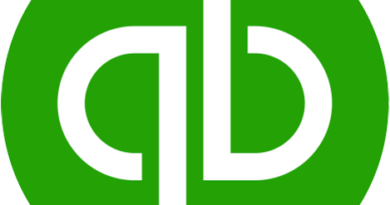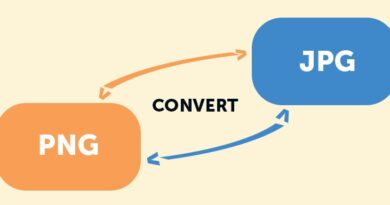Laravel vs Django
Table of Content
- Introduction
- Laravel
- Django
- Difference between Laravel vs Django
- Conclusion
Introduction
Django is a free and open-source web development platform written in Python. Model View Template (MVT) is the architecture pattern used in Django. Django is a framework for creating complicated web applications.
Laravel is an open-source web development framework written in the PHP programming language. Laravel has a broad set of features similar to Ruby on Rails. In Laravel, the Model View Controller (MVC) architecture paradigm is used. Content Management System (CMS) applications can be built with Laravel.
Laravel
Taylor Otwell conceived and developed Laravel. Laravel is MIT License licensed. In the year 2011, it was first released. Laravel requires basic or expert PHP knowledge. Content Management System (CMS) applications can be built with Laravel.
Laravel has upmarket qualities in terms of higher user traffic. Laravel includes proper functionality for building a web application from the ground up. Development time can be lowered in framework features, which provide inbuilt functionality to make a developer’s job easier.
Django
The Django Software Foundation produced the Django framework. Django was initially launched in the year 2005. Django was released under a three-clause BSD (Berkeley Software Distribution) license.
Django is a lightweight Framework with a development and testing mode that runs independently. The Django framework’s primary goal is to make it easier to build complex web applications in less time. The Django Software Foundation will be in charge of all Django maintenance and releases, which Mozilla uses, Instagram, Bitbucket, and Pinterest.
Difference between Laravel vs Django
| Laravel | Django |
| ● Laravel is a web application framework with a clean syntax and features like routing, sessions, authentication, and caching. | ● Django is a Python-based high-level web framework that allows rapid development and aesthetic design. |
| ● Laravel, among other things, provides rapid development, dependency injection, application architecture, good community packages, an MVC model, and a growing community. | ● Django offers rapid development, a larger community, and unique packages, ease of learning, and excellent libraries. |
| ● Laravel has a few drawbacks, such as sizeable static method calls and slow performance. | ● Django has a few drawbacks, such as unsupported or slow templating, URL dispatchers, underpowered object-relational mapping, and internal subcomponents coupling. |
| ● Laravel supports HTTP middleware. | ● Django supports a variety of middleware. |
| ● Laravel is slower and written in PHP language. | ● Django is a little faster since it uses the speedier Python programming language. |
| ● Laravel is more straightforward and has method injection. | ● Decorators, SEO tools, third-party libraries, and other features come standard with Django. |
| ● Laravel has a composer tool that loads all dependencies and libraries using a composer.json file placed in a source folder. | ● Django components are lightweight, with serialization and validation systems that convert between web page forms and database values. |
| ● Laravel supports query building and ORM with an active record implementation. | ● Django supports Object-Relational Mapping (ORM), which provides an interface between the application and the database to persist data from a database efficiently. |
| ● Laravel has multiple namespaces and interfaces used to organize and manage resources. | ● Django’s built-in internationalization mechanism makes it compatible with many multilingual websites. |
| ● The Laravel authentication and template engine technique construct the hierarchy schemas layouts, including some dynamic content. | ● In Django, the Administration Graphical User GUI is a ready-to-use interface for administration tasks. |
| ● Laravel has configuration management, routing, and testability, which allows for consistent configuration of management activities across multiple machines that use the Laravel framework. | ● Django supports a variety of frameworks such as Ajax, Caching, RSS (Rich Site Summary) feeds, and other frameworks. |
| ● The Laravel framework, on the other hand, features Queues and an event & command bus for running cron jobs. The event command bus makes it easier to execute various commands and dispatch various events. | ● Django provides a development environment that includes a lightweight web server that speeds up deployment and allows for end-to-end development and testing. |
Note: Laravel does not support shared hosting; one can use managed Laravel hosting.
Conclusion
Python is supported by the Django web application framework, while Laravel supports PHP. The only differences between the Django and Laravel frameworks are the languages they support and the features and libraries available to meet different needs.
There are numerous advantages and disadvantages and variations in performance between Django and Laravel. Django is well regarded in terms of scalability, ease of development, maintenance, and testing, while Python also delivers faster execution, thus improving the application’s pace.
The framework can be chosen depending on the language and framework features to meet the customer’s requirements. It must be taken into account when designing the application’s solution. Django ranks well and is good in terms of user community popularity, and Laravel ranks nearly as well as Django; however, it lacks some advantages.



